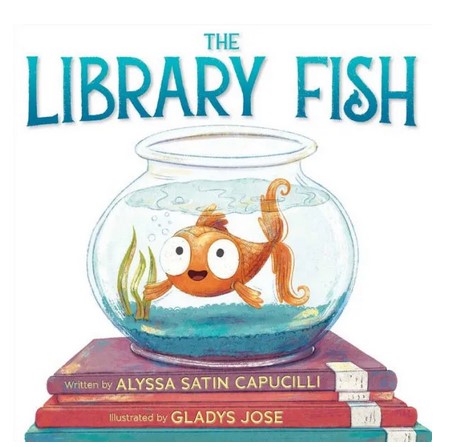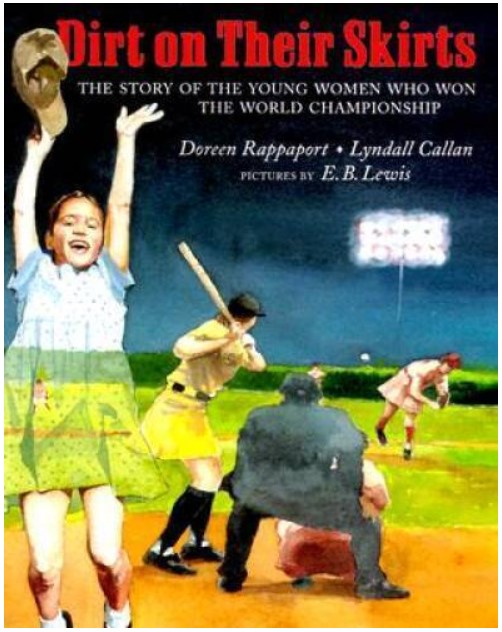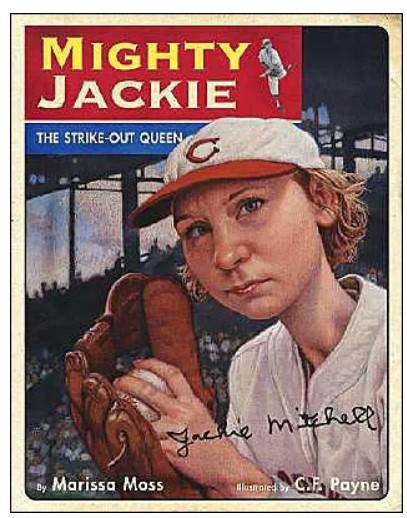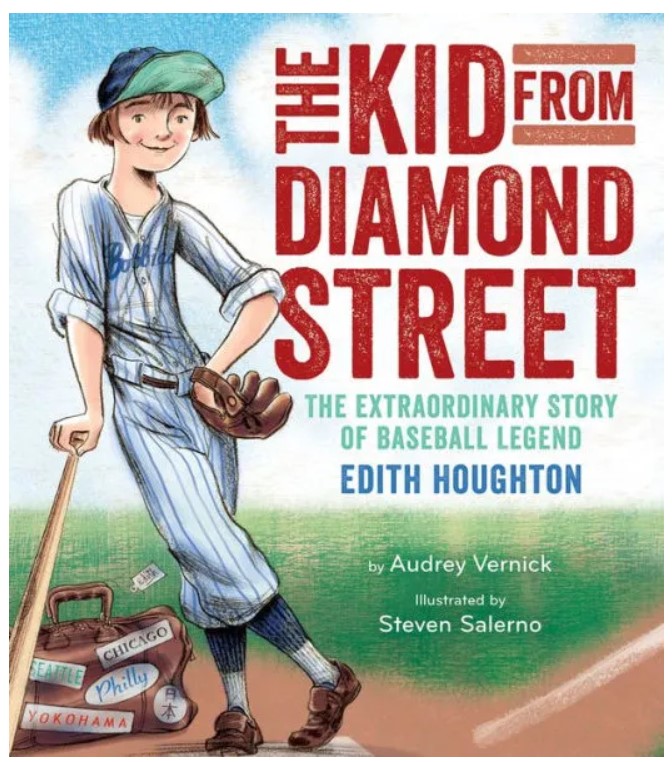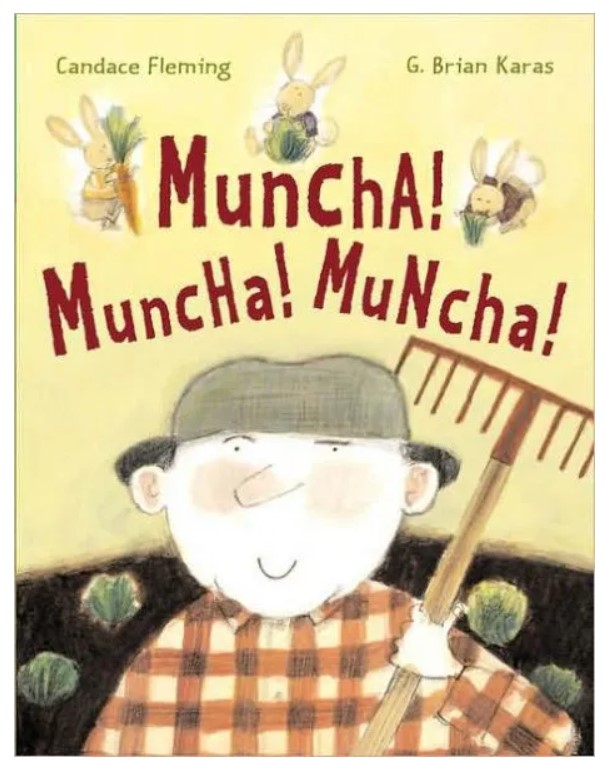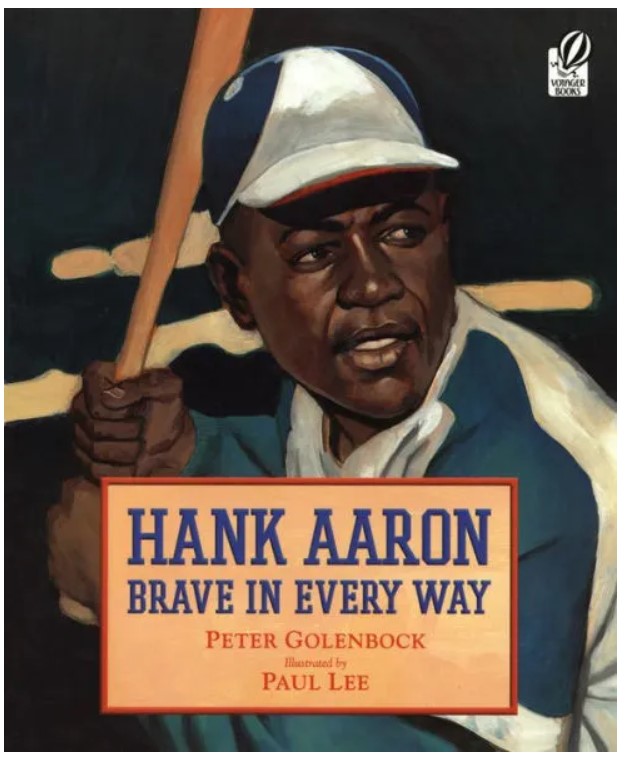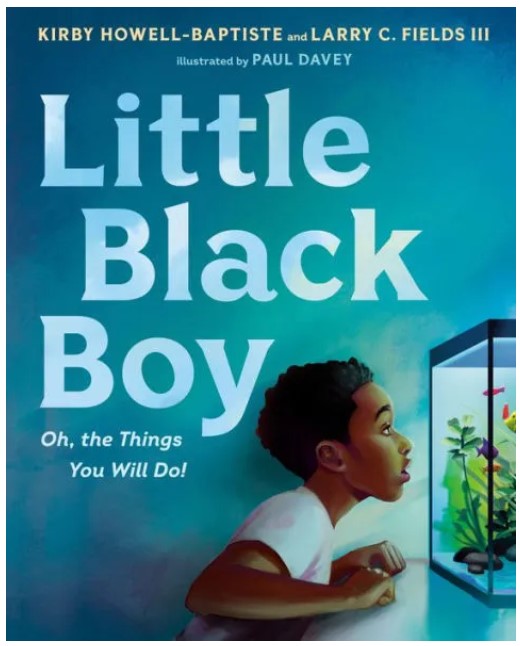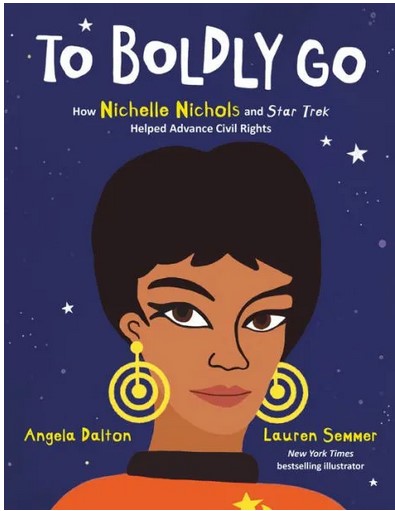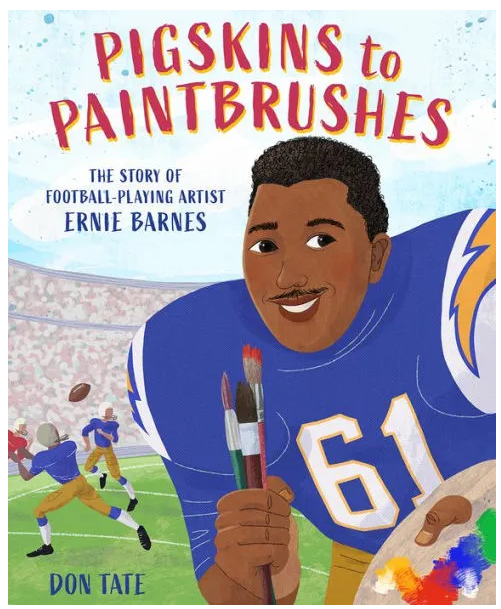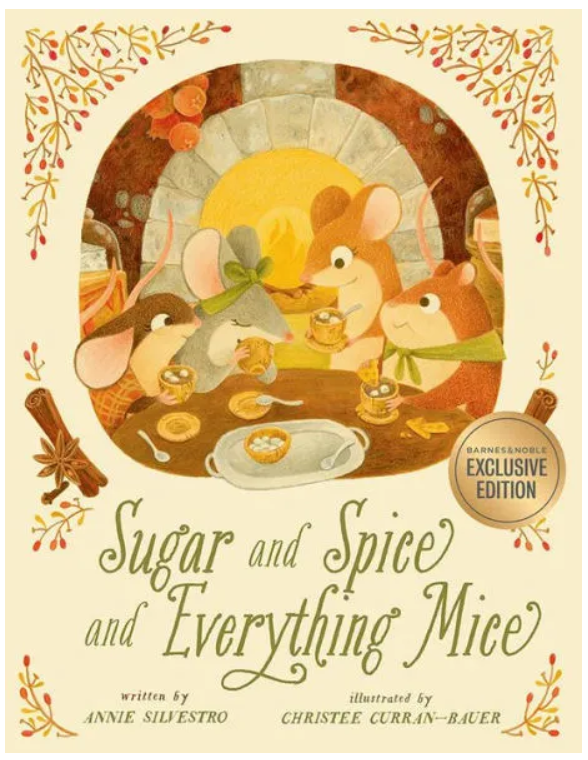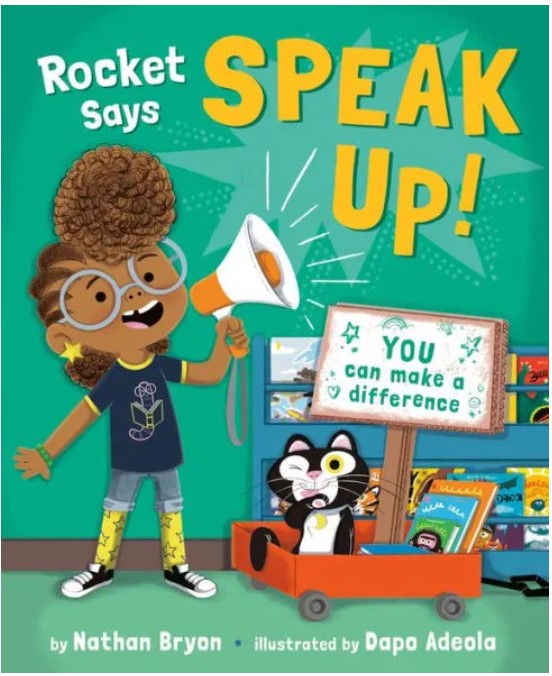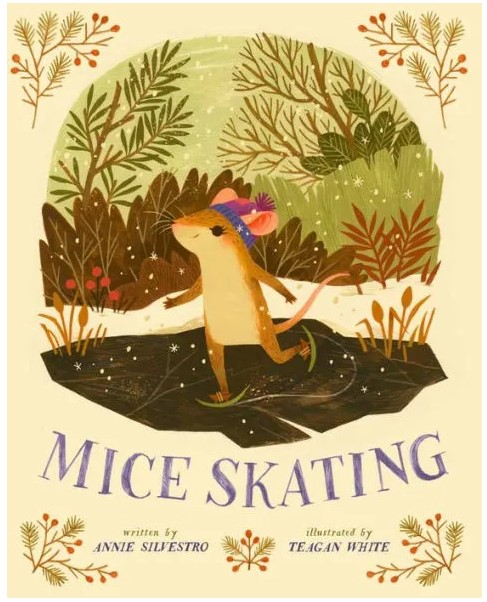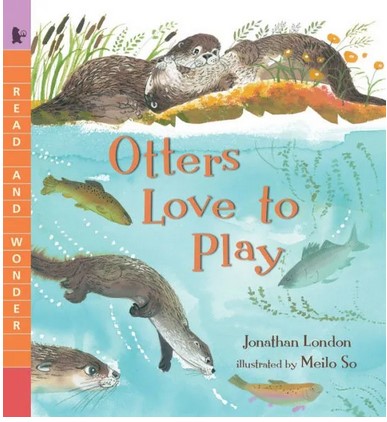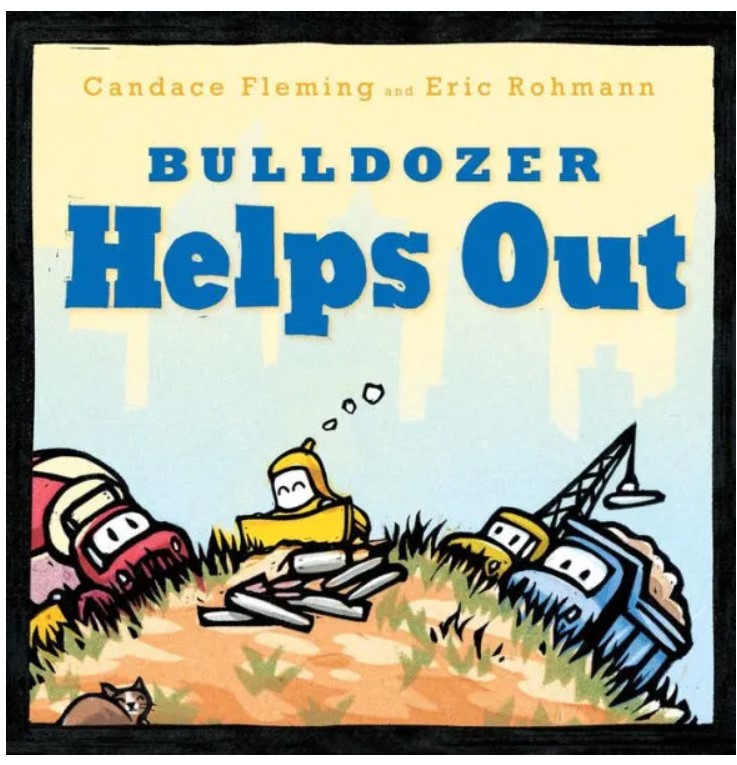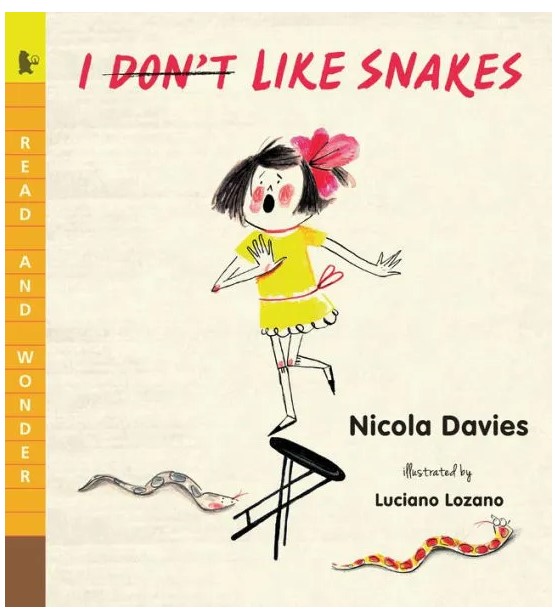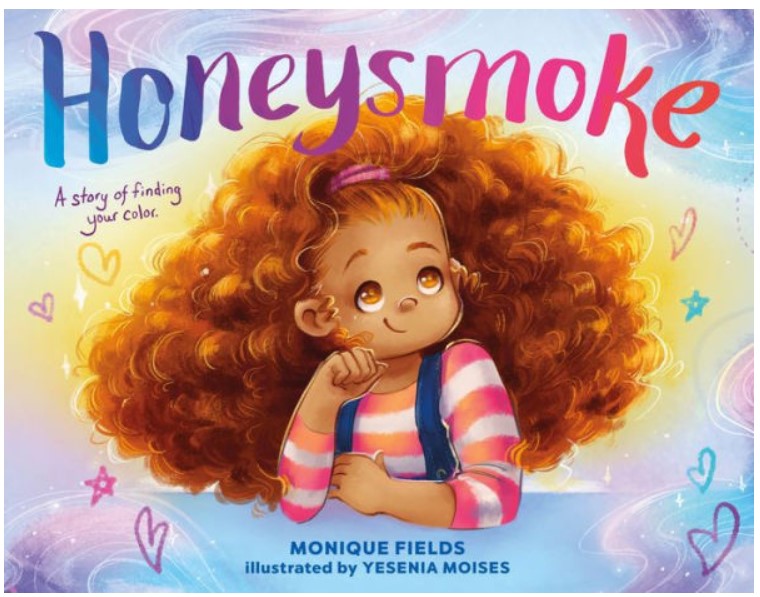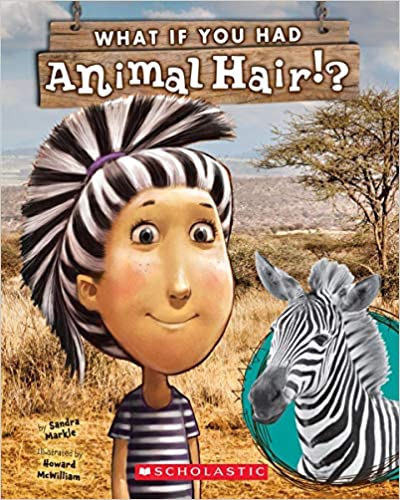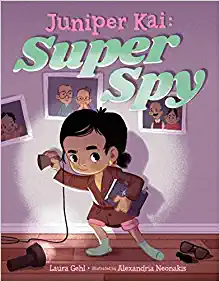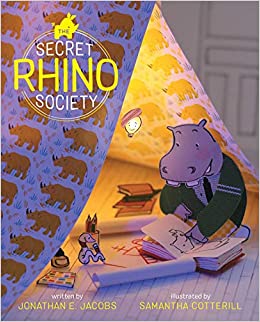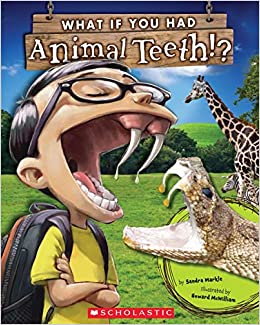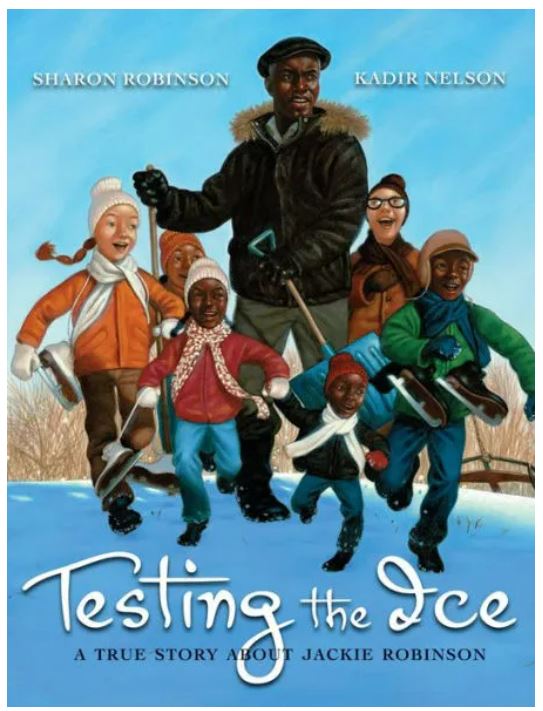When James Naismith takes over as the new teacher of a rowdy gym class, he quickly realizes that he needs a new strategy to handle the energetic group of boys. Forced to find a game with less physical contact and more skill, Naismith develops his own game with a soccer ball and two peach baskets. Naismith introduces the new game of basketball to the gym class, but he worries that the boys won’t accept it. Will basketball become the next exciting thing or yet another failed sport for Naismith?
Set in 1891, the story follows James Naismith and his journey to invent the game of basketball. Naismith is portrayed as a thick-skinned, determined protagonist whose many failures to find the right sport for his gym class only push him to continue to try new things. Naismith’s fortitude and willingness to never give are very admirable, and his determination to succeed will inspire others.
The story presents an enjoyable account of the real-life invention of basketball, and the plot details the creation, the execution, and the impact of basketball in a clear, fluid manner. From the start, the book is filled with energy and excitement, and the progressing storyline only enhances the appeal of basketball for both young and old readers. While the historical accuracy may be overly simplified, the story’s core is its main lesson of never giving up. Even when Naismith “felt like giving up” because of repeated failures, he remained motivated and “stayed up late thinking about the new game.”
The book highlights the historical components of the story with colorful, page-full illustrations that enhance the plot and keep readers invested with a unique, watercolor art style. Even though Hoop Genius is a picture book, the story is intended to be read aloud to a child, rather than for the child to read it for the first time independently. Each page features a short paragraph of text, but the advanced vocabulary will be challenging for younger readers. Nonetheless, older readers will still enjoy the book’s simplicity and illustrations. At the end of the book, an Author’s Note and a historical document about the early rules of basketball also provide an in-depth look at the real-life details of basketball. Overall, Hoop Genius is an entertaining yet informative tale about the creation of basketball that basketball fans won’t want to miss. To learn more fun facts about basketball add Swish!: The Slam-Dunking, Alley-Ooping, High-Flying Harlem Globetrotters by Suzanne Slade to your reading list.
Sexual Content
- None
Violence
- None
Drugs and Alcohol
- None
Language
- None
Supernatural
- None
Spiritual Content
- None


